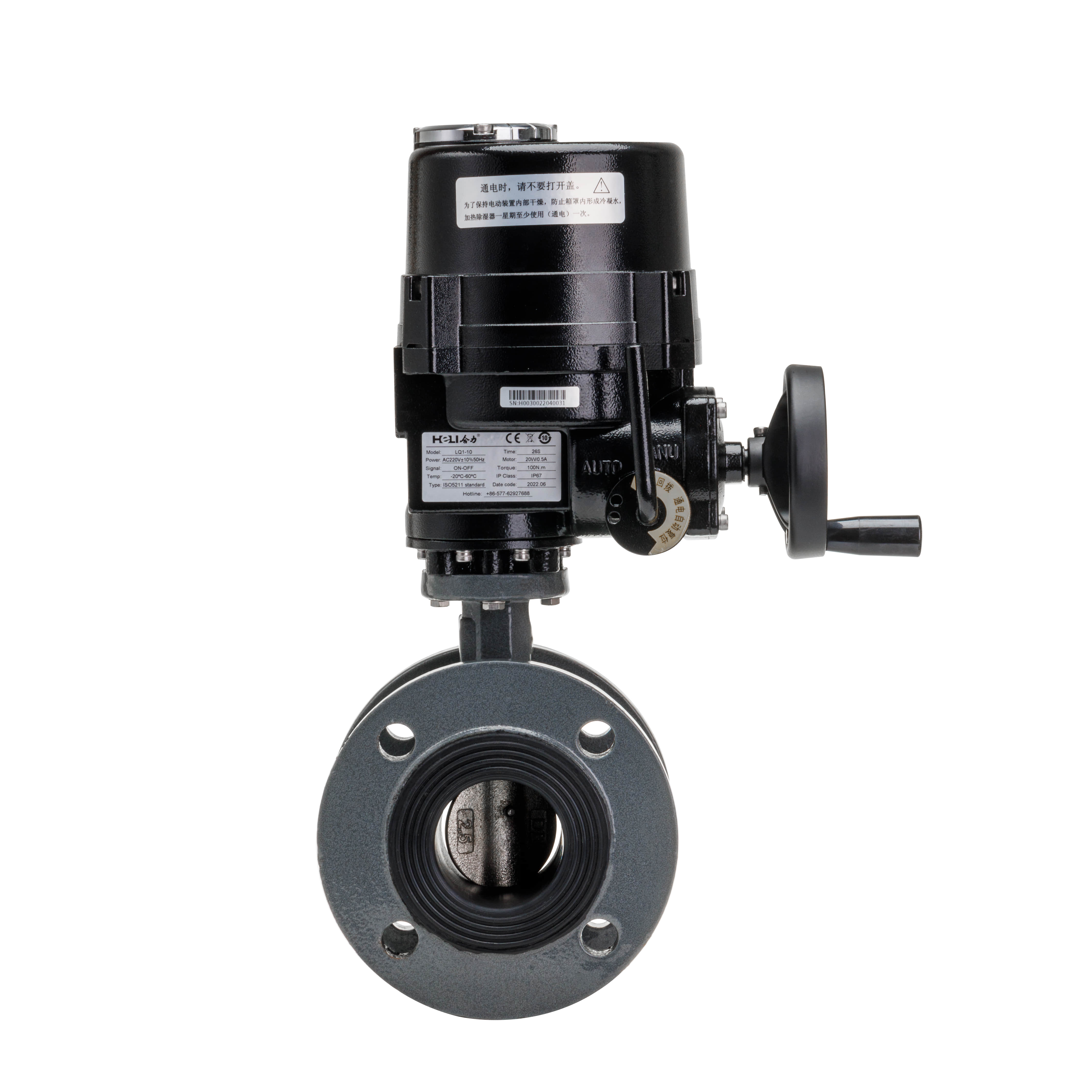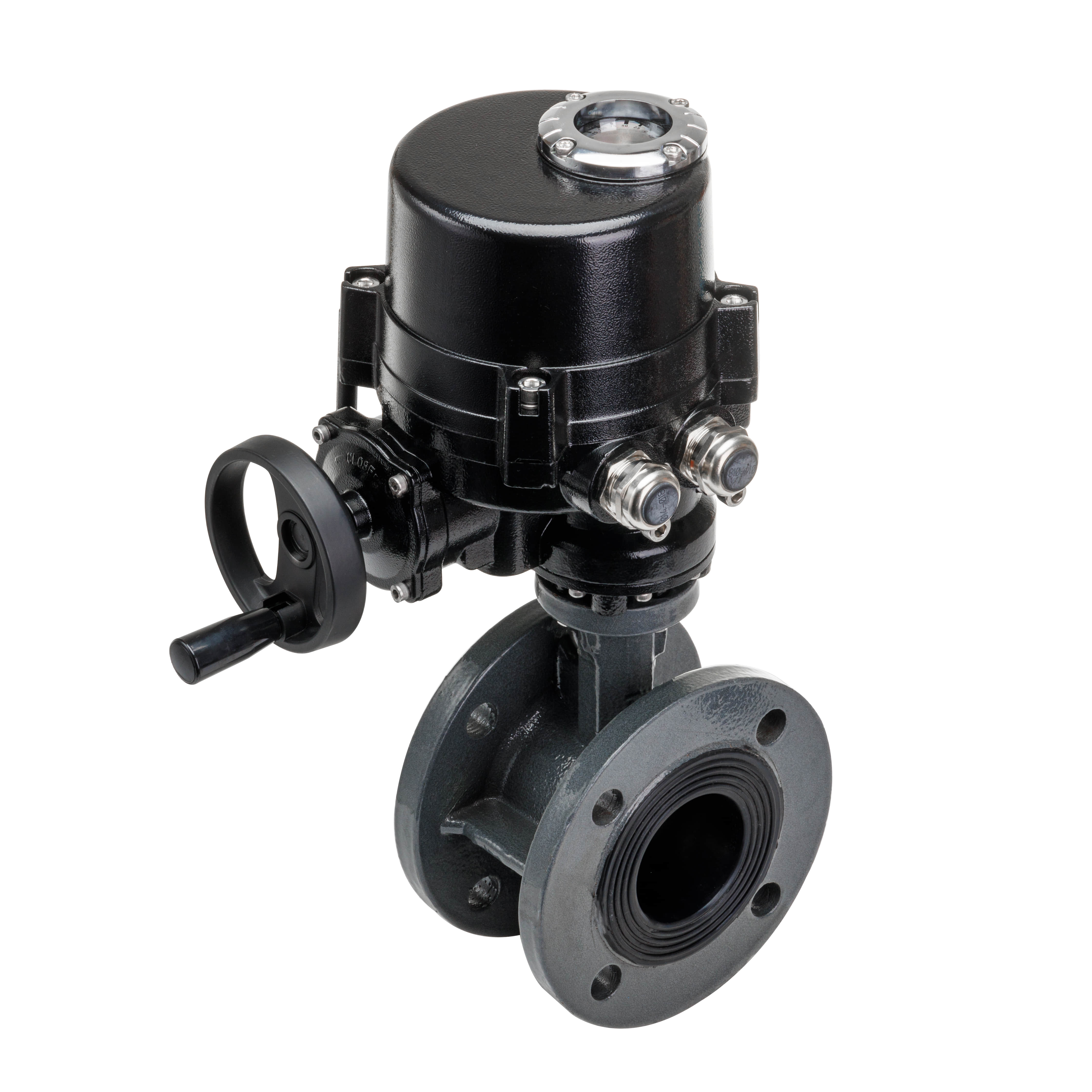
In the evolving landscape of automation and control systems, valves play a critical role in managing the flow of liquids and gases. Among the various types of valves, the WCB Electric Ball Valve stands out due to its unique design, reliability, and adaptability for diverse applications. This article delves into the features, advantages, and applications of WCB Electric Ball Valves, underlining their significance in modern process control.

WCB, which stands for “Wrought Carbon Steel”, refers to the material used in the construction of these ball valves. This material is known for its strength and durability, making it an ideal choice for high-pressure and temperature applications. The electric actuation element of the WCB Electric Ball Valve adds an extra layer of functionality, allowing for precise control over valve operation without the need for manual intervention. This integration of electric actuation with a robust carbon steel structure ensures that the valve can handle demanding operating conditions while providing ease of use.

